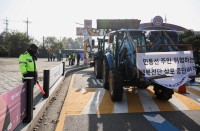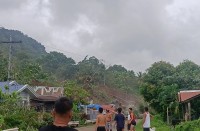COX’S BAZAR, Bangladesh (AFP) – The lines on their foreheads tell more than the forced smiles on the faces of the Rohingya refugees photographed by AFP for a special series.
All are among nearly one million of the stateless Muslim group now crowded into camps in Bangladesh after fleeing a military crackdown in neighboring Myanmar. More than 600,000 have arrived in the past two months alone.
Many are emaciated. Some carry the trauma of attacks on villages in Buddhist-dominated Rakhine state, some worry about where their next meal will come from. Little Mohammed Jubayed, born on October 11 in a camp, does not yet understand the troubled world he will have to grow up in.
Here are the 11 Rohingya refugees whose portraits were taken by AFP’s award-winning Bangladesh photographer Munir Uz Zaman:
Khairul Amin
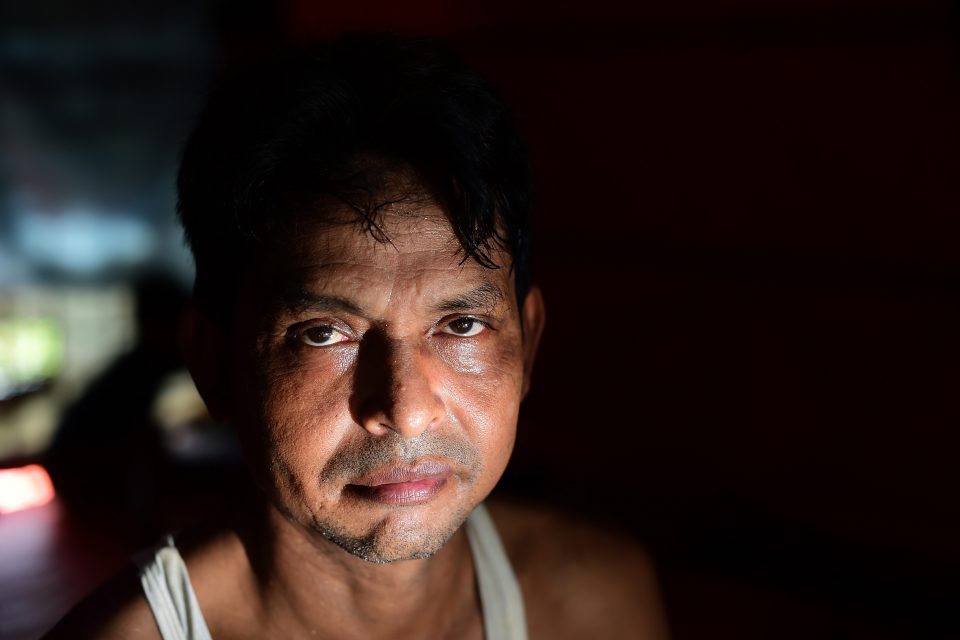
The lines on their foreheads tell more than the forced smiles on the faces of the Rohingya refugees photographed by AFP for a special series. All are among nearly one million of the stateless Muslim group now crowded into camps in Bangladesh after fleeing a military crackdown in neighboring Myanmar.
Shots fired from a nearby military camp awoke Amin in the early hours of August 25 — the first day of a crackdown that followed attacks by Rohingya militants. A few hours later the army attacked his village. “They threw grenades from a helicopter,” said the 48-year-old store owner. The death and destruction forced him to join the front of the mass exodus from Rakhine state.
Zohra Begum
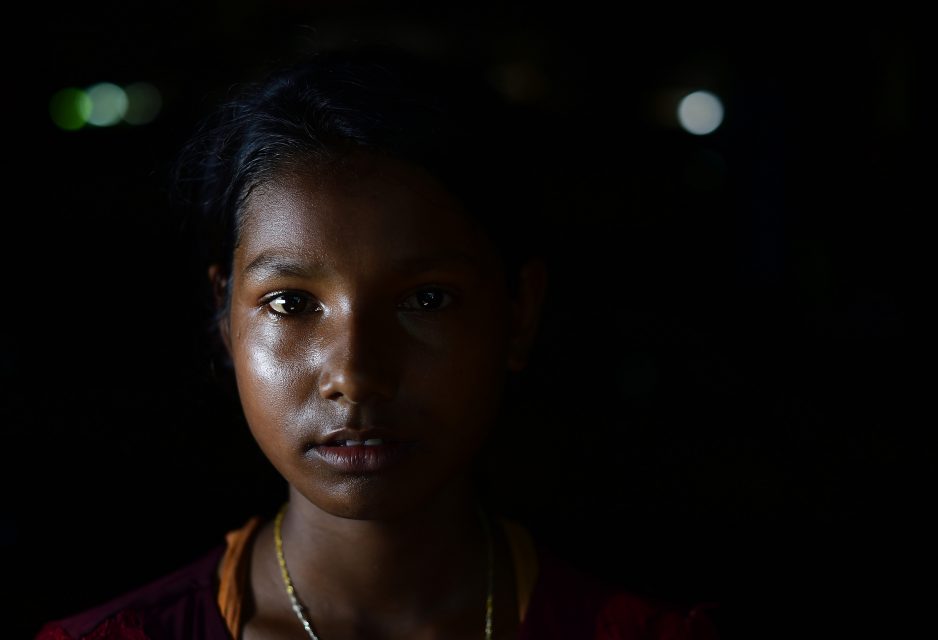
Begum’s family walked for 10 days in September to get to the Bangladesh border from their village. “I was relieved when we got there because on this side there were no massacres or murders,” said the 11-year-old girl. The refugee camps around Cox’s Bazar were another surprise. She had never seen so many people packed into such a space.
Somira Aktar
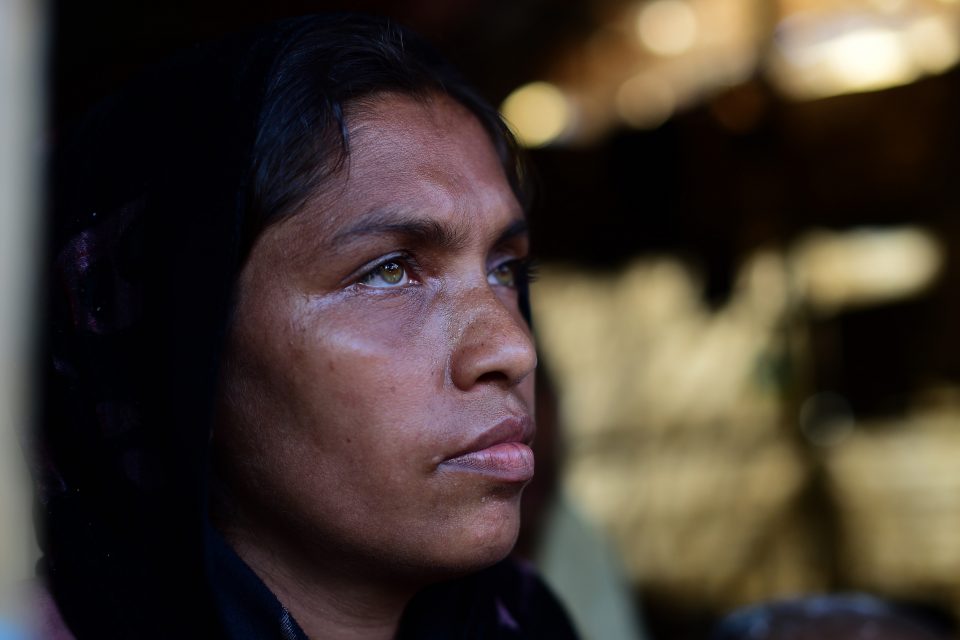
Many of the Rohingya have had to fight to get across the Myanmar-Bangladesh border where boats have sunk, killing hundreds and landmines killed others. Some ferry owners at the Naf river on the border charge a small fortune for places. The 25-year-old Aktar miraculously paid the equivalent of $1.50 for her place in September. “The boatman was kind. Even people who could not pay were just let on board,” she said.
Khairul Bashar
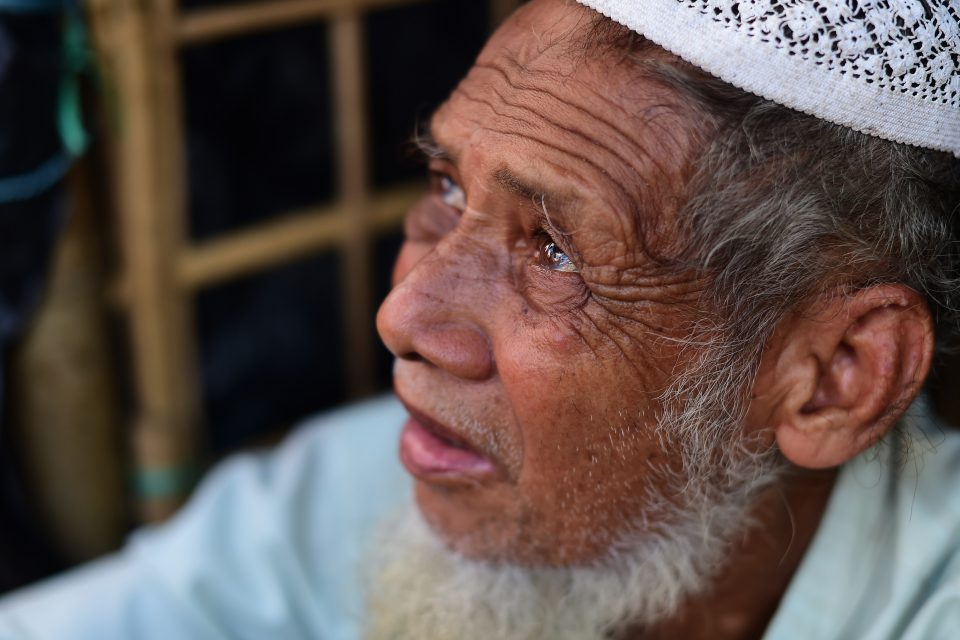
Sixty-five-year-old Bashar narrated how he ran away from a life of discrimination and violence in Rakhine’s Maungdaw district. A 1982 law banned them from having Myanmar nationality, even though many families have lived there for generations. “They say we are Muslims from Bengal and that we should return to our country.”
Sohura Kathun
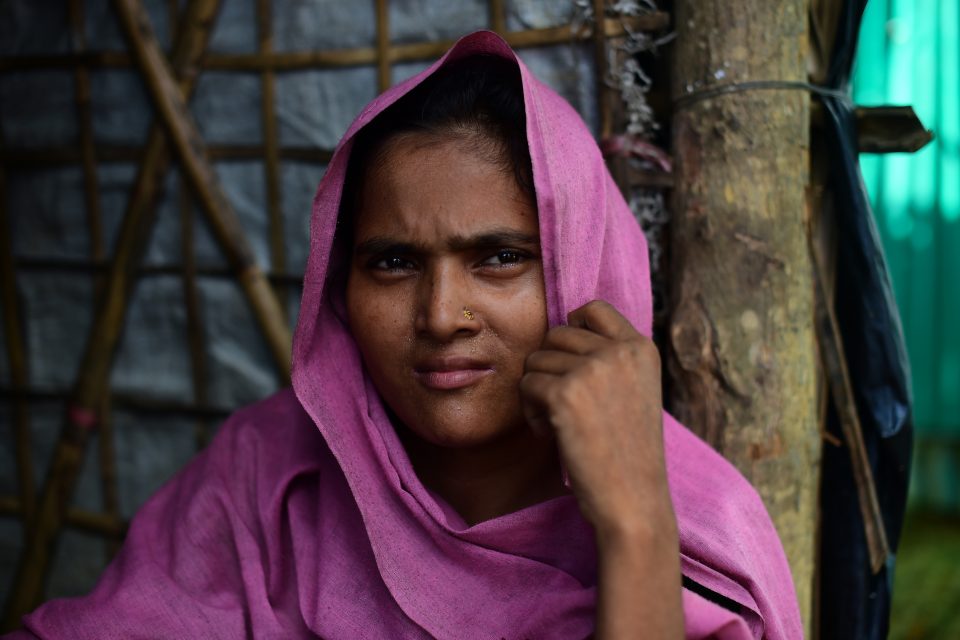
Kathun, 20, has spent the long days since arriving in Bangladesh in August looking after her one-year-old son Anas, who plays naked in the mud outside their shelter. The boy has the bloated stomach that is an increasingly common sign of malnutrition in the camps. She still gives him milk from her breast and says, “I just cannot get the milk products for him.”
Kafait Ulah
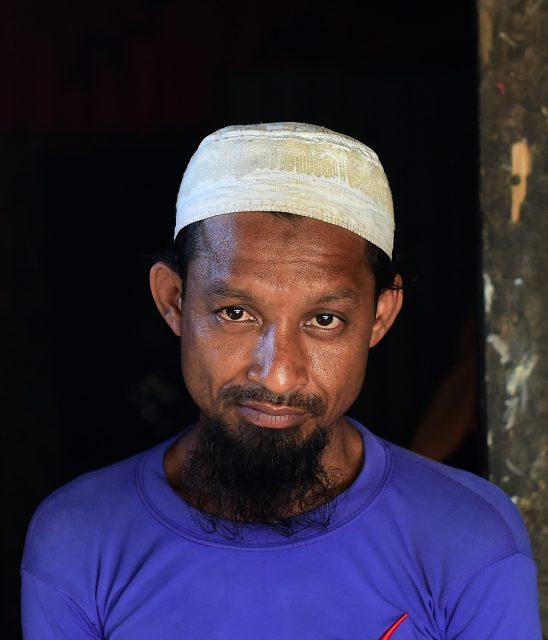
Now aged 34, he has spent 26 years in camps in Bangladesh since fleeing one of the early waves of violence in Rakhine’s Rathedaung district.
Ulah feels he is trapped. The Rohingya are not allowed to work in Bangladesh — officially at least. So he volunteers for non-government groups but is angry: “My life is half gone, but I have done nothing,” he told AFP.
Mohammed Jubayed
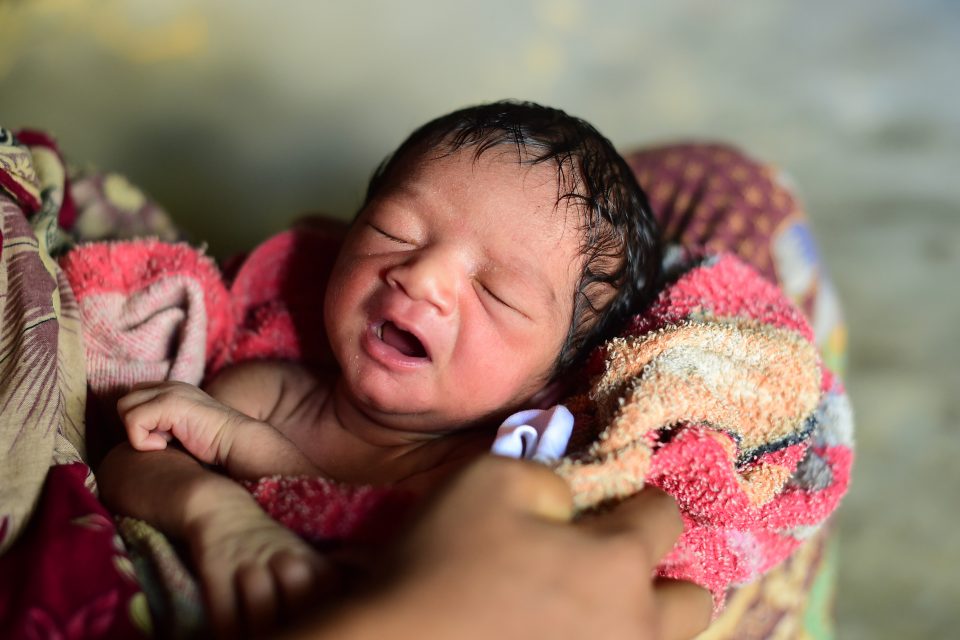
Hasina Aktar, 20, was already heavily pregnant when she fled Myanmar in June. She gave birth to little Mohammed on October 11 in a Bangladesh army tent turned maternity unit. It was her second child and she worries about the conditions they will grow up in. The family lives in a hut made from scraps of wood and some canvas on a wooden floor. Mohammed slept in a torn towel among some pots and pans when AFP went to visit the family.
Fazol Ahmed
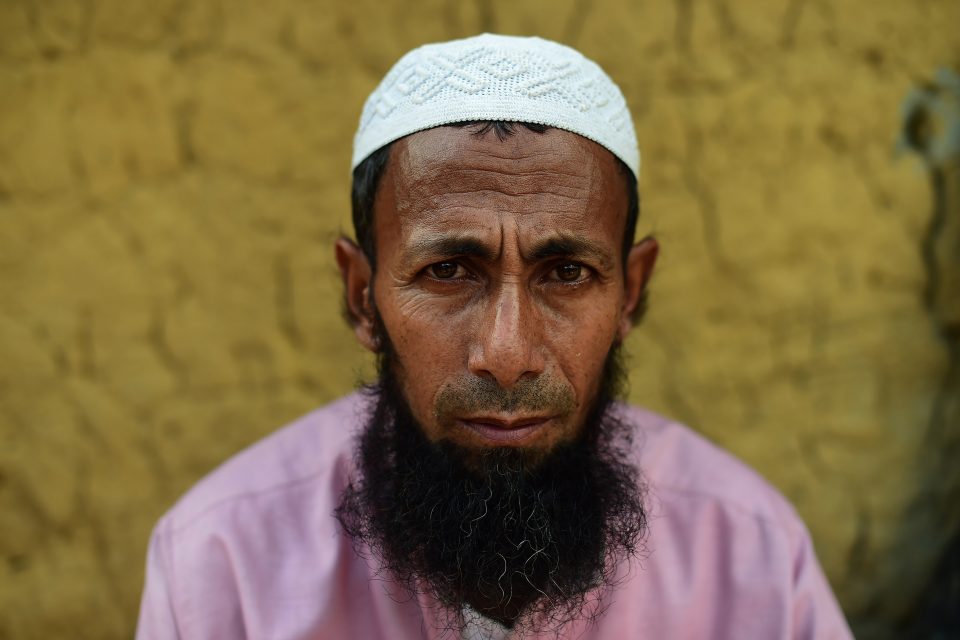
Ahmed is aged between 40 and 50, he is not exactly sure, and has twice fled to Bangladesh. The first was in 1978, and in August he joined the wave of more than 600,000 Rohingya to stream across the border in the past two months.
The first time, the farmer and his family from Maungdaw district spent eight months in Bangladesh before returning under a repatriation programme. He fled again when his village was destroyed. AFP interviewed him at the Kutupalong camp near Cox’s Bazar where he was attending the funeral of a relative who died the previous day.
Mujibur Rahman
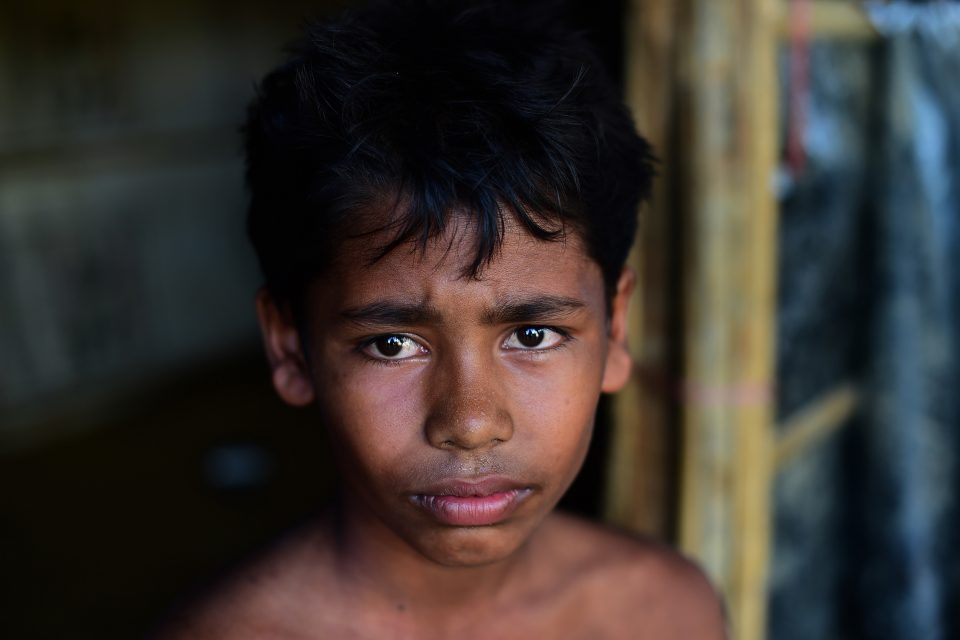
In Myanmar, Rahman worked carrying bricks even though he is just 10-years old. At the Kutupalong camp he goes to school for the first time. Relief groups have hurriedly set up schools for hundreds of thousands of children in the camps, many of whom have no family. Rahman told he had been afraid the first day, but now finds it “fun” to learn to read and write.
Mohammed Yusuf
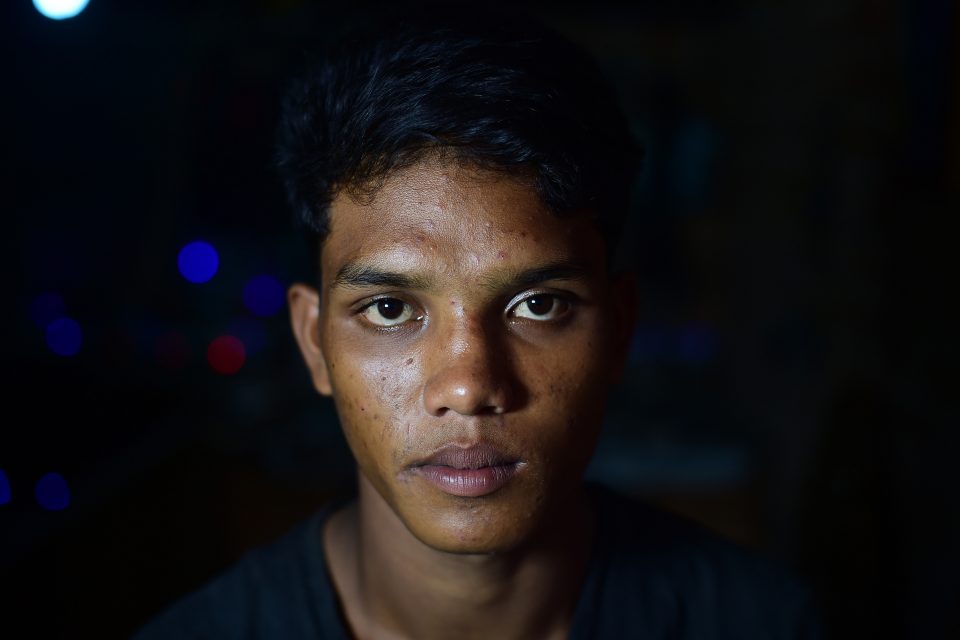
Yusuf, 18, has been living at the Kutupalong camp for nine years and is worried by the competition from the new wave of refugees. “It complicates my life a lot,” he said. “Before there were fewer people and the authorities were more flexible. They let us go out, we could get work. Now there are barricades.”
Hakim Zamal
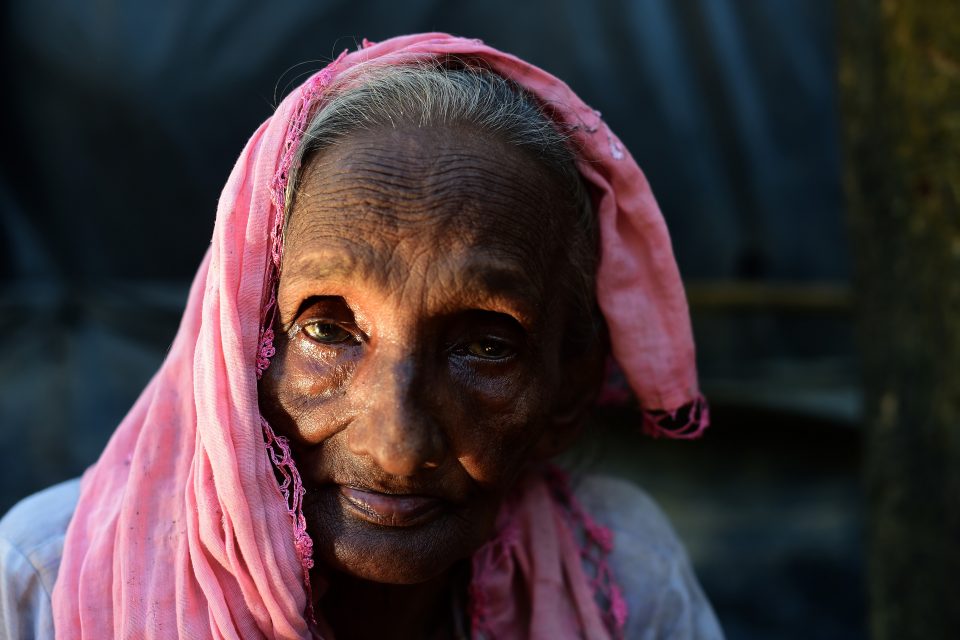
As she is now 80, Zamal does not have to queue for food in the refugee camp which she entered this year. Her daughter collects supplies for her. Her relatives also had to carry Zamal most of the way to Bangladesh from her village in Maungdaw district. The village was burned down and Zamal has nothing. “I don’t want to return to Myanmar, I will die here,” she said (Agence France-Presse).


